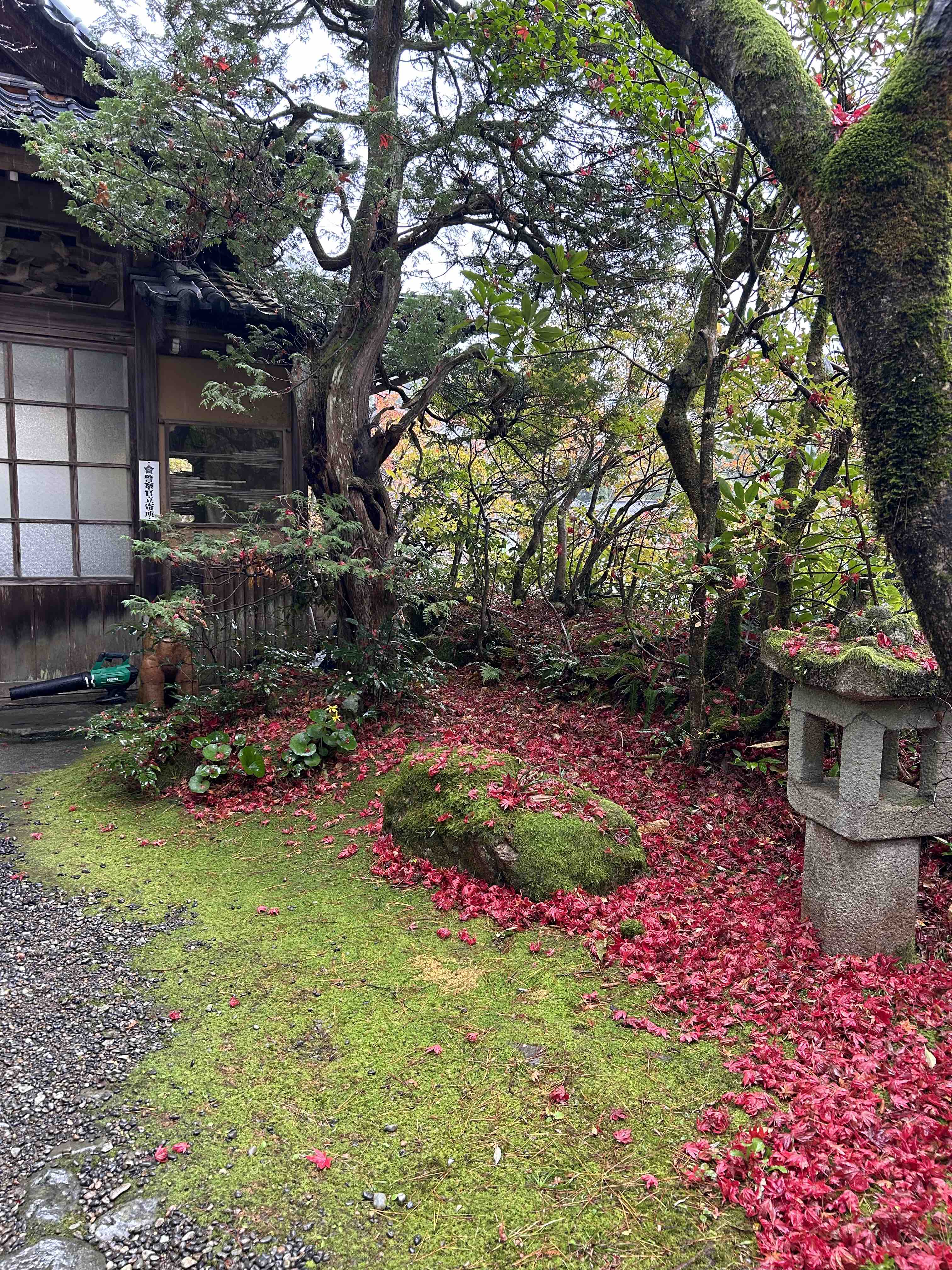As you might know, I recently went to Japan, travelling right across the country to visit tea makers, and artists working in ceramics, lacquer and wood. Now I am back in London and I’ve had delivery of some of the really beautiful products and samples that I found on my travels. There will be pieces featured one by one on our website soon for everyone to enjoy.
Matcha tea has been an organic and regular part of my daily life for over 25 years now, as well as all its wonderful benefits, complexities and inner worlds. It’s also now becoming increasing popular, and since last year there have been quite a few new matcha sellers appearing on line selling their own teas. Some of them are noticeably very low priced - and they taste very different too. Of course, everyone has a different pallet, and is free to choose what they like. However, with the knowledge and experience I have developed over the years of how the best matcha teas are made, I thought I might just explain what the differences are between quickly produced matcha and top grade matcha teas.
The Japanese tea association has told me recently that they are now trying to develop the definition of ‘matcha tea’, as so many so-called matcha teas are available on the market outside Japan.
Traditionally, to produce proper matcha, the following process takes place:
- Tencha (the dried green tea leaves before they are ground to produce matcha tea powder) must have been grown under the shade. This makes it a very slow growing process, so the leaves are soft and tender. It is this process that produces the umami and sweet taste.
- The tencha must be stone ground. Many other matcha teas are produced by beating the leaves (a method similar to producing flour), which is much quicker than the stone grinding process. One set of stones can produce 30g of matcha tea powder per hour.
Many of the new producers’ matcha teas are not grown under shade, but are grown under direct sunlight, as it’s a much quicker process, and allows for several harvests a year. With the best matcha teas, the leaves are only harvested once every year, which means the tea trees can rest, and produce a healthier, better tasting growth the following year.
People do sometimes ask why my matcha tea is rather more expensive than the cheaper matcha available on the market today. There is of course a considerable difference in quality, and I never want to compromise. My mission is to bring the very best matcha tea to my customers. I also work with tea makers and tea farmers fairly. You might not know that many tea farmers are going out of business in Japan, as they cannot make enough profit. Some merchants are squeezing the tea maker’s profit and pressure is being put on local farmers, because of the market forces for cheaper teas. I am not at all happy about this and do not want to encourage it happening. I am keep introducing the very best green teas and matcha teas to the UK customers with fair price.

